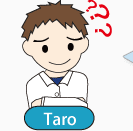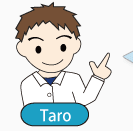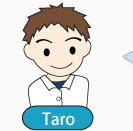Resistive Technology

Resistive is one of the major touch screen technologies. Its popularity is supported by stability, usability, and low cost. Resistive technology is employed in wide range of applications such as smartphone, camcorder, PC, automotive navigation device, factory automation, medical equipments, office automation, Kiosk, in-flight entertainment, and so on. I can say that resistive technology is excellent at versatility.

How does resistive touch screen work?

I will explain the structure first. Let's take a look at the figure of structure here.
Structure



It is constructed of multiple layers.

Yes, a resistive touch screen consists of top and bottom transparent sheets facing each other with a gap between them. The top and bottom sheets are coated with ITO (Indium Tin Oxide). ITO is a transparent conducting material. The top and bottom sheets have uniform resistance value over its surface.

As the top sheet gets pressed, the pressed point of the top sheet physically yields and contacts the bottom sheet. As the ITO layers of the top and bottom sheets contact, electricity gets conducted at the contacted point, and the location of the conducted point is detected.

I see. So, we press the top sheet and make it physically contact the bottom sheet. The contacted point of the top and bottom sheet is detected. What material is used on base materials of top and bottom sheets? I think the material of the top sheet must be flexible, because it needs to yield when pressed.

PET film, glass or polycarbonate plastic is most commonly used. The most basic combination is PET film as top sheet and glass as bottom sheet (film/glass structure). However, other combinations such as glass/glass, film/film are also employed depending on applications. Each combination has its distinctive features.

What do the spacer dots on the bottom sheet do?

Spacer dots are usually printed on the bottom sheets to prevent the top and bottom sheets from contacting when not pressed. Size and placement of the dot spacers affect the operational feeling.

I see. What do the electrodes, lead lines and FPC do?

Electrodes are placed on edges to obtain parallel potential distribution of X (horizontal) and Y (vertical) directions. These electrodes are going into FPC via lead lines that are also placed on edges, and connected with external connector. This peripheral area on which electrodes and lead lines are placed is called insulation area. The top and bottom sheets are attached on this insulation area.

Well….this sounds difficult.

Do not worry, I will explain more details about it in the sensing method section. There are several sensing methods in resistive technology. The most basic sensing methods are analog 4- wire, 5-wire, 8-wire, and digital matrix.
